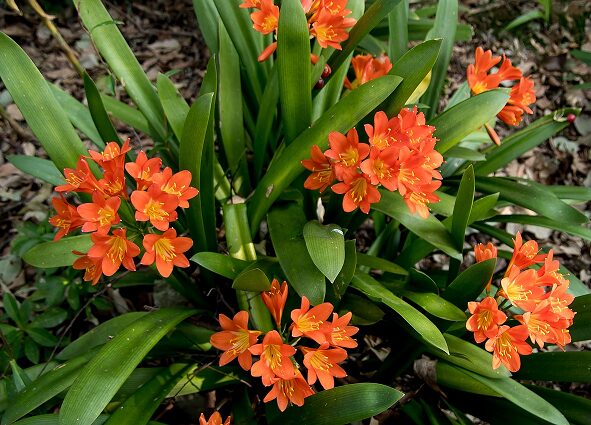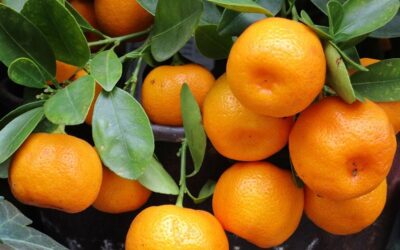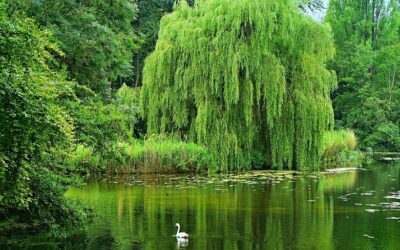Just the other day, a client came to the nursery, excited because she heard that we are selling Clivias. As we walked to the Clivia plants, she mentioned how happy she was to get her bulb before September, believing they only bloom in that month. I then realized that she was actually looking for Hippeastrum. Most clients who come to buy Hippeastrum bulbs ask for Amaryllis. I am writing this article to help gardeners identify their plants correctly and know what to ask for when they visit a nursery.
Clivia, Amaryllis, and Hippeastrum are related genera of the Amaryllidaceae family and are often confused. These plants are found in gardens all across Zambia.
Clivia
The genus Clivia is endemic to the subtropical forests of South Africa and Swaziland. Clivias are evergreen plants with wide, dark green, strap-shaped leaves. In Zambia, they bloom almost year-round, forming dense clusters of 8 to 20 orange or yellow flowers. They are also known as Bush Lily and Flame Lily. Clivias have neither bulbs nor rhizomes but possess thick, rope-like roots. Clivia miniata is the most popular and widely cultivated of the six known species, which also include C. caulescens, C. gardenii, C. mirabilis, C. nobilis, and C. robusta.

Clivia miniata plant

Clivia miniata flower cluster
These plants make excellent potted specimens because they thrive when root-bound. Keep them in the same pot for 3-5 years. They do better in dry conditions than overly wet ones and need to dry out slightly between waterings, as overwatering can cause root and crown rot. For abundant flowering, withhold water and fertilizer during winter to allow a rest period.
Amaryllis
Amaryllis is native to South Africa and has only two species in its family; Amaryllis paradisicola and Amaryllis belladonna. These produce bold clumps of dark green, strappy leaves in autumn and winter. The foliage dies down by early summer. About six weeks later bare stalks emerge from the soil, and is topped with large showy clusters of 4 to 12 fragrant flowers in shades of rosy pink.
They are also known by several other names, such as Jersey Lily, Naked Lady, and March Lily. Amaryllis plants have moderate drought resistance and thrive in well-drained, fertile soil. They make excellent cut flowers for bouquets and last just as long in a vase as they do when still attached to the bulb.

Amaryllis belladonna

Amaryllis paradisicola
Amaryllis belladonna can be planted directly outside in a sunny, sheltered location. Space the bulbs 15-30 cm apart. Avoid disturbing the bulbs for a season or two, as they take some time to become established. In autumn, cut flower stems back to 3 cm above ground level and cover the bulbs with dry mulch for winter. Amaryllis also grow well in large outdoor containers. Use a free-draining, loam-based compost if planting in containers.
Hippeastrum
Hippeastrum is often incorrectly referred to as amaryllis, even by professional gardeners and nurseries. In Zambia, they are most commonly known as September Lily. The genus Hippeastrum is native to South and Central America. A large number of cultivars and hybrids in many colours are created from bulbs that were brought to Europe by the Dutch in the early eighteenth century.
Hippeastrums are among the most spectacular bulbs for indoor flowering and are therefore one of the most popular gift plants. They need to be placed in a position where they receive bright light without too much direct sunlight.

Although Hippeastrums are quite adaptable to most soil types, they prefer well-drained soil enriched with organic matter. They do not thrive in sandy soil. They can remain in the same pot for up to three years until the bulbs have multiplied and become overcrowded. Water sparingly until the leaves have developed, and then water only once per week. Excessive watering can rot the bulb and lead to red rust.
How to Know them Apart
Clivia
Evergreen
Stiff, hollow stalk
Numerous flower stalks
Partial shade to shade
Blooms several times a year
Rope-like roots
Amaryllis
Deciduous
Sturdy, solid stalk
2 to 3 flowering stalks
Full Sun
Summer blooming
Bulb
Hippeastrum
Evergreen or Deciduous
Hollow stalk
1 to 2 flowering stalks
Full sun to light shade
Blooms mainly in September
Bulb









